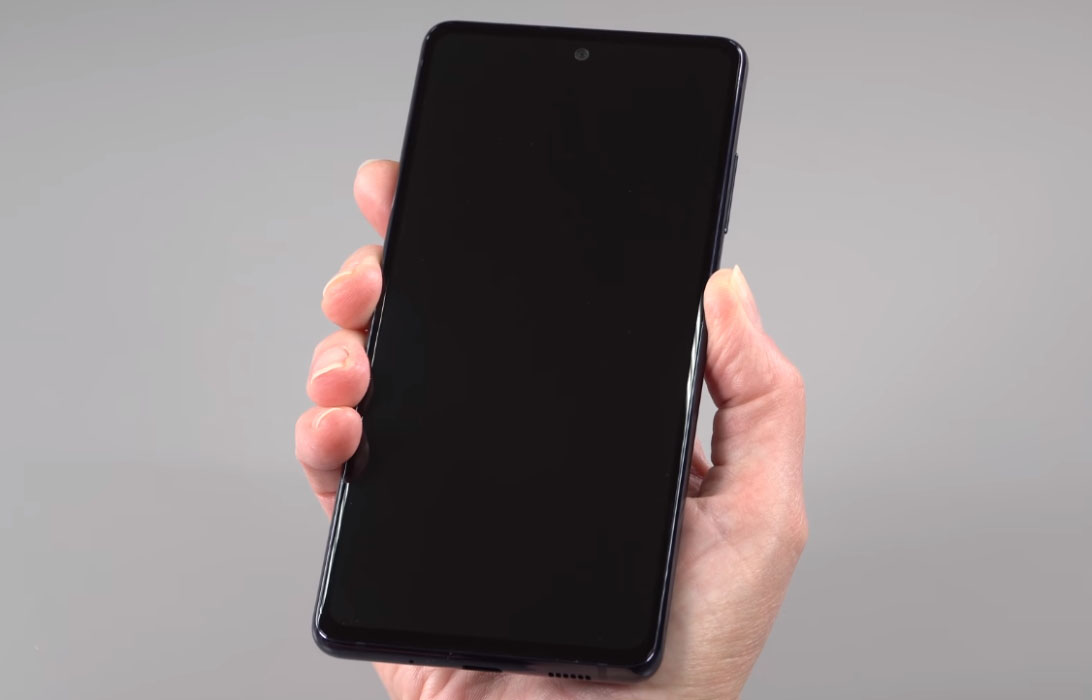Having touch screen issues on your Samsung Galaxy S20 FE or S21 FE? The problem seems to be affecting a lot of users who reported the phone’s screen not responding to taps or touches and at times even registering the taps incorrectly.
The touch screen problem could be due to a number of factors and issues affecting both software and hardware component of your phone.
In this article, we will guide you through some troubleshooting tips and also provide effective solutions to help you fix touch screen issues on your Samsung Galaxy S20 FE or S21 FE. Read on.
How to fix touch screen issues on Samsung Galaxy S20 FE or Galaxy S21 FE
1. Reboot the phone
The first thing to do when you notice touch screen not working is to try rebooting your phone and checking if the problem resolves. When you perform a reboot or a restart, it will refresh the device and eliminate any system flaws that may be affecting the touch function of your phone.
To reboot the phone, follow the steps below:
- Press and hold the side button and volume down key together until the Power Menu appears.
- When the Power Menu appears, tap the “Power Off” or “Restart” button.
2. Clean the phone screen
The screen of your phone can get dirty and affect its touch sensitivity which may cause the touch screen to not work as intended. Try wiping the screen with a soft, clean cloth using some alcohol solution making sure any dirt or smudges present on the surface of the screen is removed completely.
3. Remove the screen protector
Some screen protectors are known to affect the touch sensitivity of the phone’s screen and change the behavior of the touch screen function. Try removing or using Samsung approved screen protectors and see if that fixes the problem.
4. Improve touch sensitivity
Screen protectors can also reduce the touch sensitivity and cause your touch screen to become slow and unresponsive. If you notice your phone’s screen sensitivity is low, try increasing the touch sensitivity and see if that fixes the problem.
Here’s how you can improve your phone’s touch sensivitity.
- Go to Settings
- Then tap on Display
- Next tap on Touch sensitivity and turn the switch on to enable the touch sensitivity.
Sometimes the problem could be due to some third party applications that may be causing conflicts with your phone’s system. To make sure if this is the case, try running your phone in safe mode. When you enable safe mode, your phone will run only native apps and all externally downloaded apps will be temporary disabled.
To turn on safe mode, follow the these steps:
- Press and hold on the power button until you see the Power off icon
- Press and hold on the Power off icon until you see the Safe Mode icon
- Tap on the Safe Mode icon to reboot your phone in safe mode
If your touch screen is working fine while running in safe mode, then its most likely one of your third party apps that is the culprit. Try identifying that app(s) and uninstall it from your phone.
6. Wipe the system cache
Sometimes your phone’s system cache partition can get corrupted and cause all kinds of errors with your device including the touch screen function error. To check if that could be the case, try wiping your phone’s system cache partition and see if that clears the problem.
To clear the system cache partition, here’s how you can do that.
- Turn off the device
- Press and hold the Volume Up key and the Power key.
- Continue to hold both keys until Android Recovery menu options appear
- Press the Volume down key and navigate to Wipe cache partition
- Press Power key to select
- Press the Volume down key to highlight Yes, then press the Power key to select
- When the process is complete, Reboot system now is highlighted
- Press the Power key to restart the device.
7. Check for software update
Sometimes the problem can be caused by a software bug and new software updates come with fixes for such bugs. Check if there are new version for the software and perform an update if available. Here’s how to check and update your software.
- Go to Settings
- Tap on Software update
- Tap on Download and install to download and install the update.
8. Factory reset the phone
If the above solutions do not work, you can try restoring your phone to factory default and see if that finally fixes the problem. However, this procedure will erase all your data so perform a backup if possible before proceeding with the factory reset operation.
Here’s how to factory reset your phone.
- Turn off your device
- Then press and hold the Bixby/Power and Volume Up keys for few seconds
- When the device logo is displayed, release the keys and wait until the Recovery menu appears
- Use the Volume Down key to highlight and select “Wipe Data/Factory Reset“
- Press the Bixby/Power key to select the option
- Use the Volume Down button and highlight Factory data reset option
- Press the Bixby/Power key to proceed
- After the factory reset completes, your phone will reboot
Once your phone has fully rebooted, try checking whether the touch screen issue has resolved. If it doesn’t, try the next solution.
9. Get a new screen replacement
This is your last resort if all other solutions fail to fix the issue. The problem could be most likely hardware related or a damaged touch screen digitizer. To make sure of that, take your phone to the nearest Samsung care center for a closer inspection of the device and there you can request for a screen replacement if it’s a case of damaged screen.

